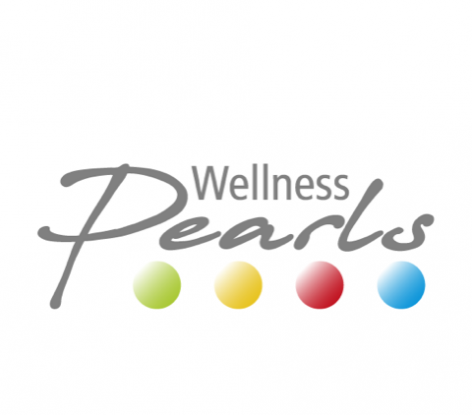Wellness dictionary
Little ABC for your spa-break questions ...
In their treatment discriptions, wellness hotels often use technical terms, which are hard to understand for potential guests. We have therefore collected and defined the most relevant terms in our small wellness ABC. A tip: Our wellness dictionary also supports word requests. You don't need to know the exact wording.
Select letters or search term:
Moxibustion
Moxibustion - what is it?
Moxibustion (also called moxa therapy, moxa or moxen) is part of Traditional Chinese Medicine, a treatment system that has been tried and tested for a long time. Moxibustion has its origins in the cold mountain regions of Northern China and is used - following the principles of Traditional Chinese Medicine - to treat precisely diagnosed states of cold and emptiness of the body. For this purpose, previously defined points on the body surface along the meridians (channels on which, according to the teachings of Traditional Chinese Medicine, the life energy Qi flows) are stimulated by heating. The warming is done through heat, which in various forms comes from burning the moxa herb. This is dried mugwort, a medicinal and spice plant, which burns slowly and evenly and produces a mild and deep warmth. In China, moxibustion is regarded as a therapy equal to acupuncture for some indications.
What is the so-called moxa herb?
The moxa herb used for moxibustion is the plant mugwort. It contains essential oils as well as other valuable products such as choline, various vitamins, tannin, potassium chloride, iron and magnesium.
How does moxibustion work?
According to the Chinese idea, the heat supplied from outside dispels the energetic cold and wetness, promotes the flow of Qi and strengthens the Yang. This principle of Chinese philosophy stands for body heat and physical strength. According to the ideas of Traditional Chinese Medicine, moxibustion is not only used to treat diseases, but also for prevention. According to Western ideas, moxibustion improves blood circulation in the tissue, stimulates the metabolism and strengthens the immune system. The basis of every moxibustion treatment is a detailed diagnosis based on Traditional Chinese Medicine.
How does moxibustion work?
While in China and Japan, moxa gels are still partly applied directly to the skin (direct moxibustion) and the resulting blisters are seen as part of the therapy, in Europe the gentler, indirect moxibustion is carried out with mugwort coated moxa patches, for example.
Forms of application of moxibustion
Treatment with moxa cones
In moxibustion with moxa cones, ginger slices are placed on the therapy points where small cones of moxa are lit. These slowly fade away. If the treated person feels heat, the therapist moves the cones to the next sensitive point. Each therapy point is treated several times until a clear reddening of the skin can be seen.
Moxa cigar
In this form of moxibustion, the therapist always guides the moxa cigar with the glowing tip towards the corresponding therapy points. At a distance of about half a centimetre, he keeps the distance until the patient feels heat at this point. This procedure is repeated several times.
Moxa needles
In this procedure, heat is applied in concentrated form to the respective therapy points with the help of heated steel needles.
Moxa patch
For this type of moxibustion, the therapist uses plasters in which the adhesive side is coated with moxa. The resulting heat reaction activates the selected therapy points. As the patches are easy to handle, they are suitable for self-use.
When should moxibustion be performed?
Moxibustion can have a healing and supportive effect on the following illnesses or complaints:
- Asthma
- Bronchitis
- chronic pain conditions
- Muscle Tensions
- Residual suffering
- Weakness after chronic diseases
- Depression
- States of exhaustion
However, to date there is no scientific evidence that moxibustion is effective. Moxibustion must not be used on the face, head or near mucous membranes. It should also not be used in cases of acute illness, fever, sleeping problems or high blood pressure. Improper use can lead to burns with blisters or scars.
Related topics: Acupressure Acupuncture Ayurveda Chi Yang Nutritional counselling Meditation Meridians Qi Traditional Chinese Medicine (TCM) Tuina Massage

